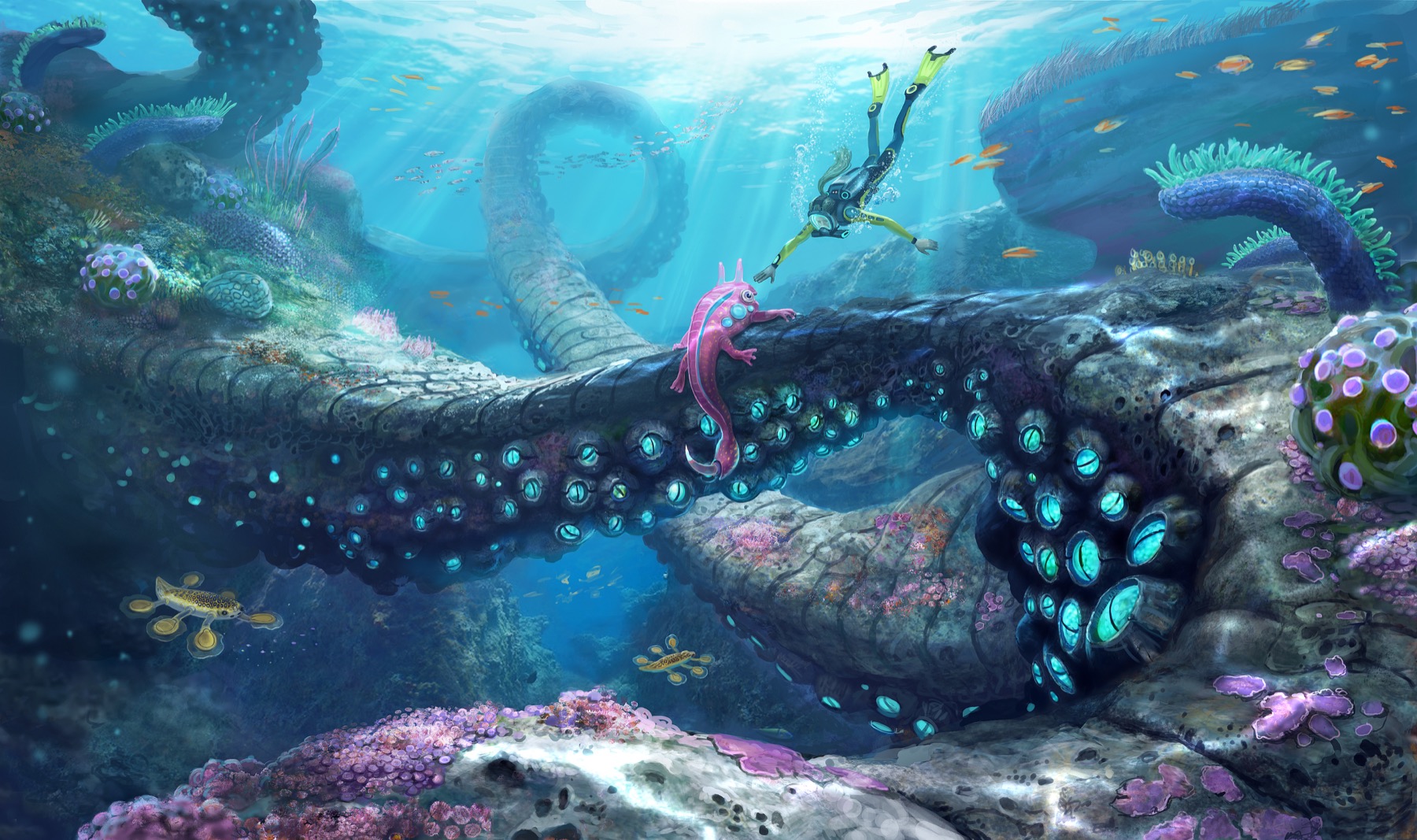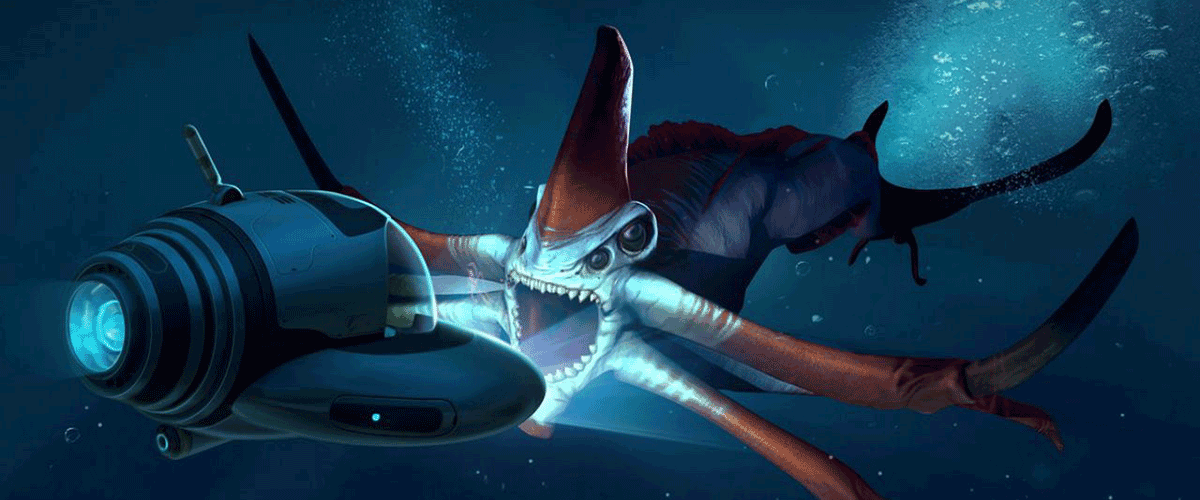

Outer Wilds is sadly underrated and underappreciated drowned by the tidal waves of games like Valorant and CoD. Nevertheless, it does have something close to that. However, it’s not quite the same as revisiting a factory every day and working out its kinks while adding new pathways for more speedy and efficient production. A particular mechanic in the game that is best discovered in the game and not on an article makes this game’s gameplay loop not so dissimilar to Satisfactory’s. The game doesn’t feature any factory management but emphasizes exploration and completing puzzles. The less you know of the game, the more of an impact it has. Although I cannot say much about the game without spoiling it, I recommend not looking it up and going in blind. Outer Wilds is a fascinating experience, to say the least. Subnautica is worth it if you liked Satisfactory but would like more challenges in your games. Still, it has hours of content and even a sequel released recently, which features more land to explore but is still primarily based underwater. The game also has a narrative and an end goal, unlike Satisfactory. The game features a creative mode, but in my opinion, it gives a little too much freedom in creation and resources to the player this makes any progress not feel like a creation in Satisfactory. However, players looking for a more casual experience fret not. While Satisfactory has no hunger or thirst mechanic, Subnautica, on the greatest difficulty, is a true survival game.Īs the name would suggest, it primarily takes place underwater, and the world is far less forgiving than Satisfactory’s thus, exploration has to be kept at a cautious pace. I think the most significant difference between the games is the survival mechanic. Subnautica is an open-world survival action-adventure game developed and published by Unknown Worlds Entertainment. So let’s take a look at some games that share elements with Satisfactory. The game was received well even though it’s still in early access it’s one of the more polished ones and has a ton of content enough to keep players engaged for hours on, that is if they want a soothing and relaxing game to play.

There is an excellent sense of progression from mining copper to building a nuclear power plant. Still, the most incredible moment in the game was when I went up to the tower to look at my factory as it spanned the horizons I could see the first machine I ever built far away, so tiny. There is an end goal, and Coffee Stain Studios (the developer) added some enemies and vehicles to the game for variety’s sake, I suppose. The point of the game is not to beat it but rather to marvel at your creation. The more pause you take before your actions and get the order of things right, it makes for a pleasing experience. But, in my opinion, that is the beauty of the game. At the same time, it is entirely possible to build an unclean factory with no organization it severely limits the scope of progress for the player.Ī factory built haphazardly without any thought put into future expansions would jeopardize the playthrough leading to frustrations or complete revamp of the factory. Games like Satisfactory always maintain a heavy focus on the cleanliness and organization of the factory. I say pseudo because it is possible to traverse to any of these biomes within the world, so it’s more of a decision of more resources vs more space for an organized factory.

Players can choose their starting location, which is a pseudo-difficulty selection. Satisfactory sees the player assume the role of an engineer far ahead in the future, working for a gazillion-dollar company called FICSIT (get it?).

Enter Satisfactory, a simulation game with just an open-world and infinite possibilities. Don’t get me wrong, I enjoy challenging games a lot, but it’s good to sit down and play a game at your own pace every once in a while. I have often found myself wanting to play a game without the stress or tension of winning.


 0 kommentar(er)
0 kommentar(er)
